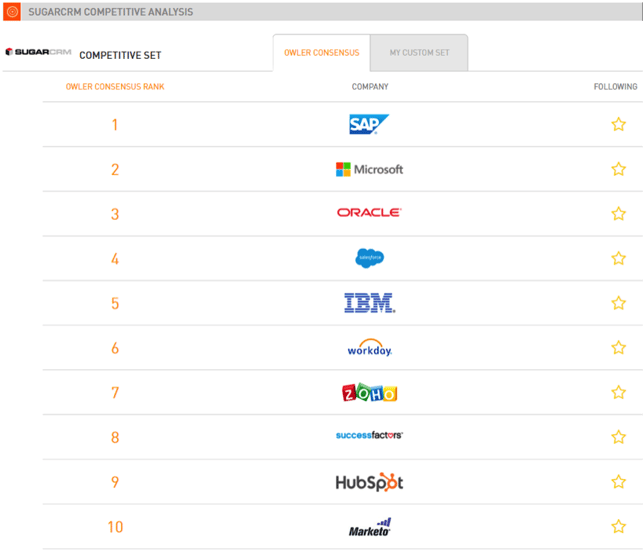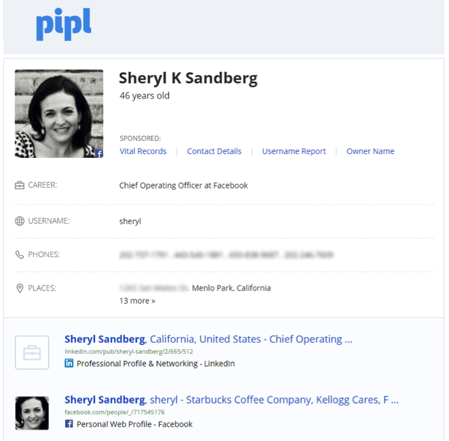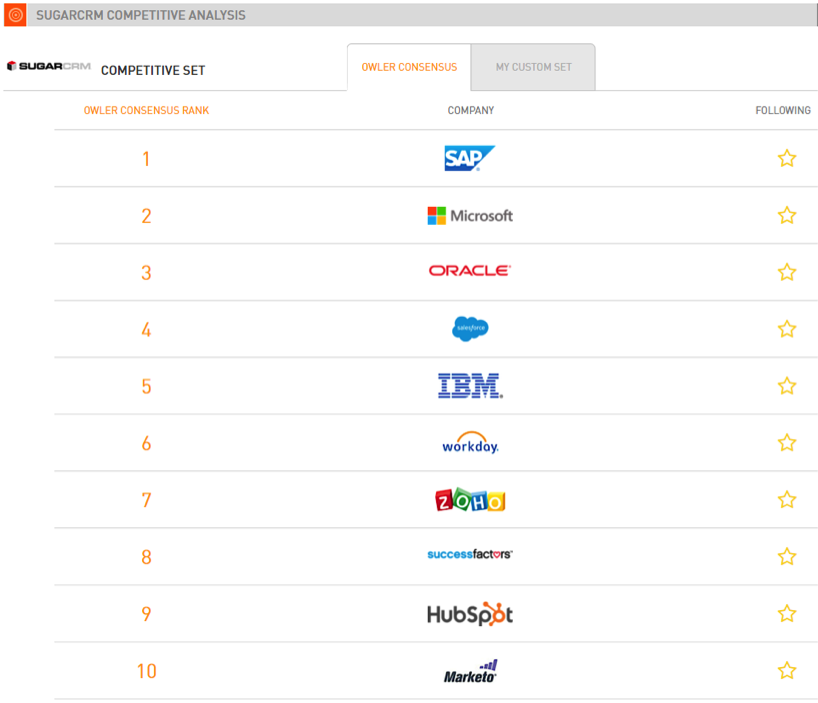The following post was written by Billy Attar at Pipl, 3CLogic's parnter company.
The big trend in sales management this year is building an effective sales stack to keep your pipeline full and pumping out deals.
What is a sales stack? It’s the collection of tools used to optimize each stage of your sales process from finding sales prospects to closing deals. The popularity of designing such stacks to optimize sales has led to an explosion in sales tools and a new generation of highly analytical sales managers.
It may sound somewhat complicated, but designing your stack is actually pretty easy. The key is to know exactly what information and capabilities you need at each step of your sales process and some good research skills.
Here are 7 data-centered tools (plus 6 other tools) to use to ensure you find the prospects you need and close a high percentage of deals.
Industry research
The first step in your outbound sales process is figuring out which companies to target. You probably already know which industry you want to go after and the leading companies within the industry to which you want to sell.
Now you need an easy way to find similar companies with potential to make large purchases.
You can use Owler or FindTheCompany to start building a list of similar companies to target. Start by searching a company you have sold to or want to sell to and both tools will give you a list of similar companies. You can also try Capterra or G2 Crowd to find similar companies as well. These two review sites are very useful for understanding which SaaS platforms are the most popular in a specific space.

Finding the right prospect
Once you have the companies to target, it’s time to find the right people within each company to contact. LinkedIn is probably the best way to find prospects and the research should be pretty easy to outsource. You can go in a different direction with a platform like Leadspace that will try to find leads who are similar to your top customers.
Once you have a list, you’ll need to add the right contact information to each. Third party data providers, like Pipl, can fill in the holes in each prospect’s data with information such as email address, phone number, social profiles, address (good for knowing a prospect’s time zone) and more.

Timing your outreach and beyond
Next, you’ll need to complete your sales stack with the tools to take advantage of all the data you’ve collected.
Whale Alerts is a great way to know when to contact a prospect, Sendbloom is useful for automating outbound drip email campaigns. 3CLogic offers great tools for outbound phone prospecting and tools like SugarCRM, Segment and Zapier can act as the hub and spokes to make all of the different platforms and data work together.
While this is a proven sales stack that has worked for us, every company is different. For some other examples of sales stacks check out Max Altschuler and Jorge Soto’s excellent post or Falon Fatemi’s on TechCrunch.
Just remember to complete your stack
The key is to make sure you have the tools you need at each level of your stack: company research, lead data collection and lead outreach. Having a great outreach platform isn’t very useful if you don’t know where to find leads or how to reach them and vice versa. Make sure you have the tools you need to bring leads through the sales funnel...and then get to it!
Pipl offers one of the most comprehensive people search engines on the web, finding high-quality results in pages that cannot be found on regular search engines. Learn more about the company and its offerings here.





